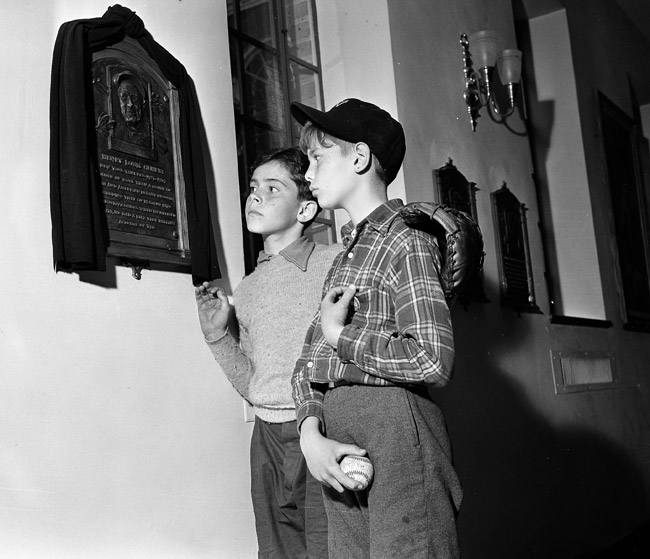Apathy Leads To Voting Confusion
Without any notice, the Baseball Writers Association of America (BWAA) has relocated to Palm Beach County, Fla., the land of sunshine, early bird buffets and enough hanging chads to bewilder the most ardent Matlock fan.
To avoid confusion, the reference is to the TV series starring Andy Griffith and not the four-time National League batting champion.
Which is a bit strange, I admit, since this discussion of Hall of Fame voting teeters on such players as Bill Madlock, and not a geriatric criminal defense attorney who was the hero of everyone old enough to qualify for the Denny’s Senior French Toast Slam in the late 1980s.
And, yes, Palm Beach County was one of four counties whose voting irregularities sent the 2000 presidential election to the Supreme Court.
Now that we are all caught up, the eligibility of Barry Bonds and Roger Clemens seems to have confused more Hall of Fame voters than an electronic tip calculator.
The two biggest names on the ballot also were the two biggest names of the steroid era.
And while Mark McGwire’s transgressions have virtually guaranteed his exclusion from the list of inductees, Bonds and Clemens scored enough votes to project forgiveness sometime around 2020.
That’s fine.
McGwire was a one-tool player, and Sammy Sosa a mediocre line-drive hitter who suddenly discovered a power stroke.
Bonds and Clemens, whether you like them or not, had unquestioned talent and the statistics to warrant induction. And it will happen, eventually.
The problem is that with these two mucking up so many ballots, the members couldn’t figure out a way to spread around the remaining votes among the close-but-no-cigar boys or the clearly deserving.
A year ago Jack Morris got 66.7 percent of the vote. This year, with two more candidates smeared by allegations of performance-enhancing drug use (bringing the total to five with Bonds, Clemens, Sosa, McGwire and Rafael Palmeiro), the winningest pitcher of the Matlock era could muster only an additional 1 percent of the vote.
Jeff Bagwell, in his third year of eligibility, gained just 3.6 percent of the vote, even though Palmeiro himself lost nearly the identical amount (3.8). Others who saw their candidacy further restricted were Don Mattingly (27 fewer votes), Alan Trammell (20), Fred McGriff (19) and Lee Smith (18).
Craig Biggio, with 3,060 hits, 414 stolen bases, 291 home runs and four Gold Gloves in a year bereft of clear inductees, still came up 39 votes shy even though his Hall of Fame monitor – a statistical calculation created by Bill James to measure likelihood of induction – was 49 points higher than last year’s sole inductee, shortstop Barry Larkin.
Mike Piazza, who had the third highest HOFm among eligible candidates and was history’s greatest-hitting catcher, came up 98 votes (or 17.2 percent) shy of confirmed greatness.
The BWAA website lists the ballots of 124 members who were either brave enough or ethical enough to publicly stand behind their votes.
BWAA rules do not require voters to publish their responses, and because of this, 445 ballots remain hidden from view and public accountability. This is fine when voting in public elections, but it sets a bad precedent for a museum that is not only tasked with honoring the sport’s very best, but, more important, to document the game’s history, whether good or bad.
Eventually, all that is cloudy will become clear.
With Tom Glavine, Frank Thomas and Greg Maddux on next year’s ballot, Morris’ chances of finally breaking through are over. Biggio is a good bet for 2014, and Piazza, who many just assume must be guilty of something, will be enshrined within the next five years, as will Bagwell.
Glavine, Thomas and Maddux are locks, Tim Raines will come to the wire, Lee Smith will languish near 35 percent and Palmeiro and Sosa will be dropped within three years for falling below 5 percent of the vote.
Play ball!






